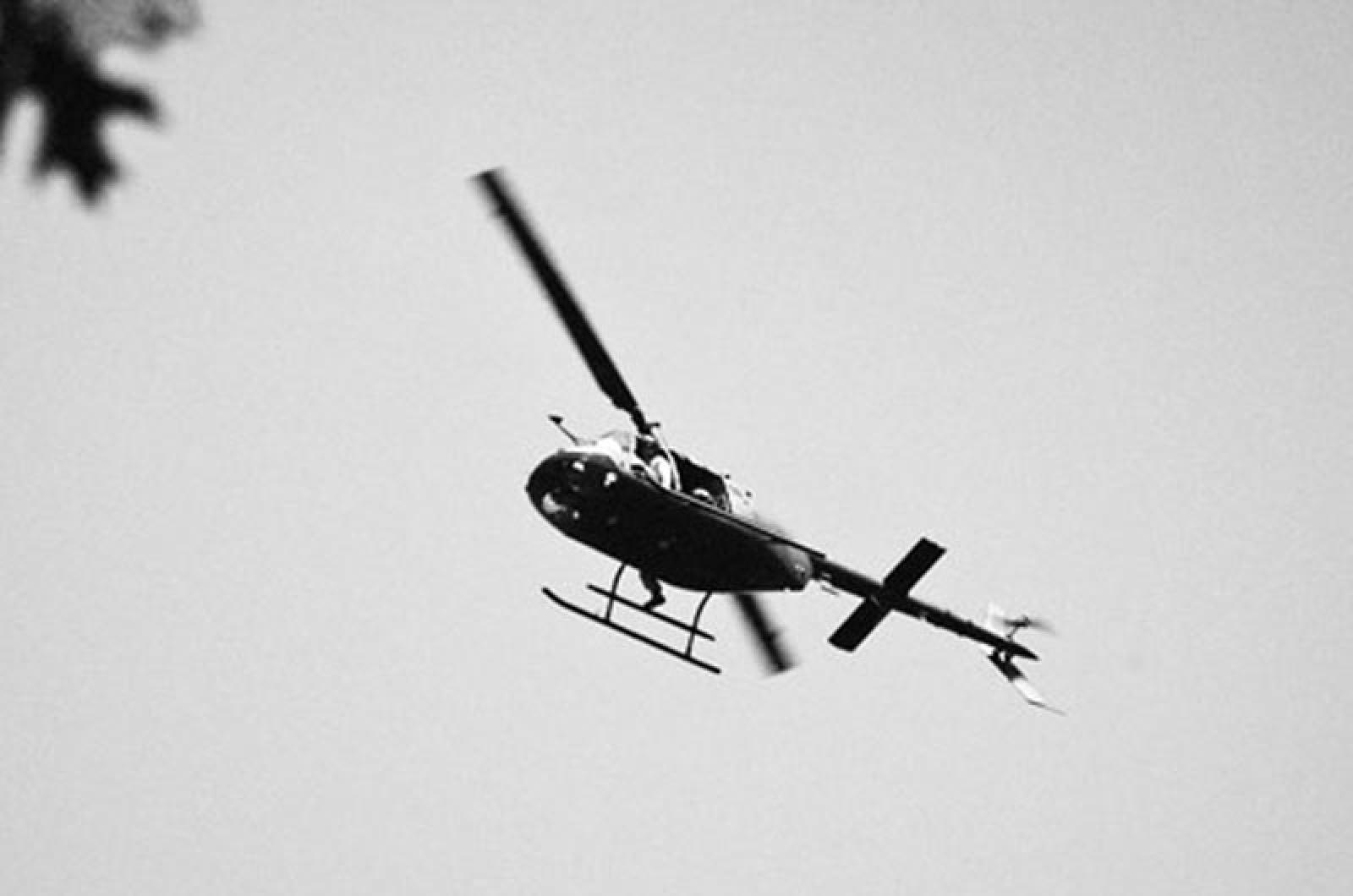For decades, helicopters have been landing at Katama Airfield, a town-owned grass airport located in Edgartown.
The airport facility directory, a guidebook for pilots published by the Federal Aviation Administration, has long had helicopters listed as an allowable use at the airfield.
But the conservation restriction on the town-owned airfield actually prohibits such visits. Helicopters are among the prohibited uses under the airport management agreement.
Now, as the town tries to go forward with a plan to double the size of the airfield’s World War II-era airport hangar, it has been forced to confront the inconsistency between the document and long-standing airport practices.
The state department of energy and environmental affairs must approve a new conservation restriction for the property in order to allow for an expansion of the hangar. But they are waiting for the town to resolve the helicopter issue first.
“They are not going to sign off on the conservation restriction until there is a united position by the town on the helicopters,” town counsel Ronald H. Rappaport said at a meeting of the conservation commission this week.
The original conservation restriction for the property, which went into effect in 1986, prohibited helicopters due to a perceived threat to safety and the environment.
But Jamie Craig, chairman of the Katama Airfield Commission and a helicopter pilot for many years, said helicopters have been misunderstood.
“Somebody saying conservation-wise that a helicopter is going to do more harm to the environment than a regular airplane is somebody who doesn’t understand aviation,” Mr. Craig said. “Helicopters don’t flow by blowing air down. They fly reducing the pressure above them so that they get sucked up.”
Conservation agent Jane Varkonda agreed that prohibition was probably founded on a misconception about how helicopters operate.
So far this summer, 11 helicopters have visited the airfield. While helicopters are relatively infrequent visitors to the airfield, Mr. Craig said those that do come would be hard to outlaw. Each summer helicopters fly into the Katama air space to scan for threats in advance of the presidential visit. Additionally, medical evacuation helicopters have used the field to collect patients.
“The problem is, as Jamie outlined, that there are higher powers that seem to come to play where we can’t say no helicopters,” selectman Arthur Smadbeck said at the meeting.
Ultimately, the town agreed to admit only pilots with prior permission, and to amend the conservation restriction to reflect the new policy. This limitation, referred to as “prior permission required,” or PPR, is very common at airports nationwide, Mr. Craig said. Having a PPR tends to dissuade pilots from landing, Mr. Craig said, so private helicopter traffic might be even further reduced as a result. It would not apply to the presidential Black Hawks or the medical helicopters.
New airport manager George Smith, who has himself logged 10,000 hours flying helicopters, said he had written a plan to mitigate the impacts of helicopter use at the airfield, and would have incoming pilots agree to it before they were admitted to the airspace.
The plan will mandate that helicopters avoid populated areas as they approach, making less noise than the small biplanes that now frequent the airport.
“If they follow those procedures, the noise footprint will be one-eighth of the ultralight aircraft,” Mr. Smith said.







Comments (4)
Comments
Comment policy »